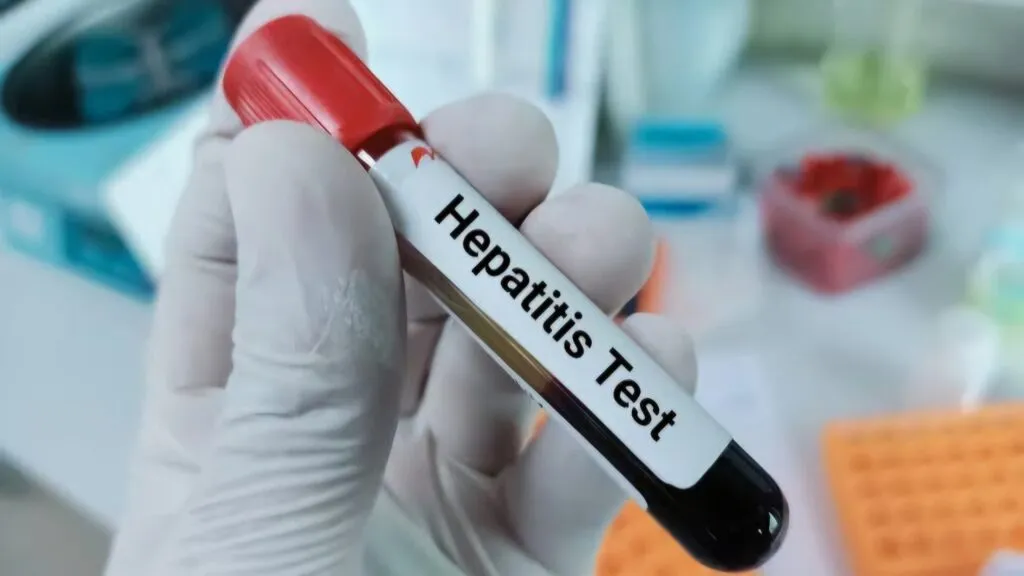World Hepatitis Day 2025: A Global Health Priority
Observed every year on July 28, World Hepatitis Day is a global initiative to raise awareness of viral hepatitis—a disease that causes severe liver inflammation and kills over 1.1 million people annually. In 2025, the focus intensifies with a new theme emphasizing access to clean water and sanitation, critical tools in preventing hepatitis transmission, especially in low-resource regions.
2025 Theme: ‘Hepatitis Can’t Wait—Water, Sanitation, and Hygiene’
This year’s campaign underscores how hepatitis prevention is not just a medical issue but a basic human rights concern. The theme—“Hepatitis Can’t Wait: Clean Water, Safe Sanitation, Healthy Liver”—calls for immediate action to ensure equitable access to clean water and improved hygiene infrastructure globally. This directly links environmental health to liver disease prevention.
Why Clean Water and Sanitation Matter
Unsafe water, poor sanitation, and inadequate hygiene are key contributors to the spread of hepatitis A and E, which are commonly transmitted via the fecal-oral route. The World Health Organization (WHO) reports that over 2 billion people globally lack access to safely managed drinking water, and nearly half the world’s population lives without safely managed sanitation services—placing millions at risk of preventable infections.
Global Burden of Hepatitis
• Over 354 million people worldwide live with chronic hepatitis B and C infections.
• 1.1 million deaths occur each year due to liver cancer and liver failure caused by viral hepatitis.
• Despite vaccine availability and curative treatments, many people are unaware of their status, and healthcare systems remain underfunded for hepatitis care and prevention.
Call to Action from WHO and Stakeholders
On this day, WHO and health organizations urge countries to integrate hepatitis elimination efforts into broader water, sanitation, and hygiene (WASH) programs. Governments are being encouraged to:
- Scale up hepatitis screening and treatment services.
- Invest in clean water infrastructure, especially in rural and urban slum areas.
- Promote hygiene awareness campaigns in schools and communities.
Dr. Meg Doherty, WHO Director of Global HIV, Hepatitis, and STIs Programs, reiterated, “Without clean water and sanitation, hepatitis elimination is a distant dream.”
Trivia for Quiz Enthusiasts
- Date: World Hepatitis Day is observed on July 28 to honor the birthday of Nobel laureate Dr. Baruch Blumberg, who discovered the hepatitis B virus.
- Symbol color: Green and yellow are commonly associated with hepatitis awareness campaigns.
- Theme in 2025: Focuses on water and sanitation as pivotal to hepatitis prevention.
India’s Role in Hepatitis Elimination
India runs the National Viral Hepatitis Control Programme (NVHCP) aiming to eliminate hepatitis C by 2030 and significantly reduce hepatitis B cases. The program includes vaccination, testing, and treatment—especially in high-risk populations. However, gaps remain in awareness and hygiene infrastructure, making the 2025 theme highly relevant to India’s healthcare strategy.
Conclusion: A Collective Responsibility
World Hepatitis Day 2025 is more than a commemoration—it’s a reminder that prevention starts with basic human needs like safe water and clean environments. As global health leaders and local communities unite under this year’s theme, the hope is to achieve the WHO target of eliminating hepatitis as a public health threat by 2030.
Source: Greater Kashmir

